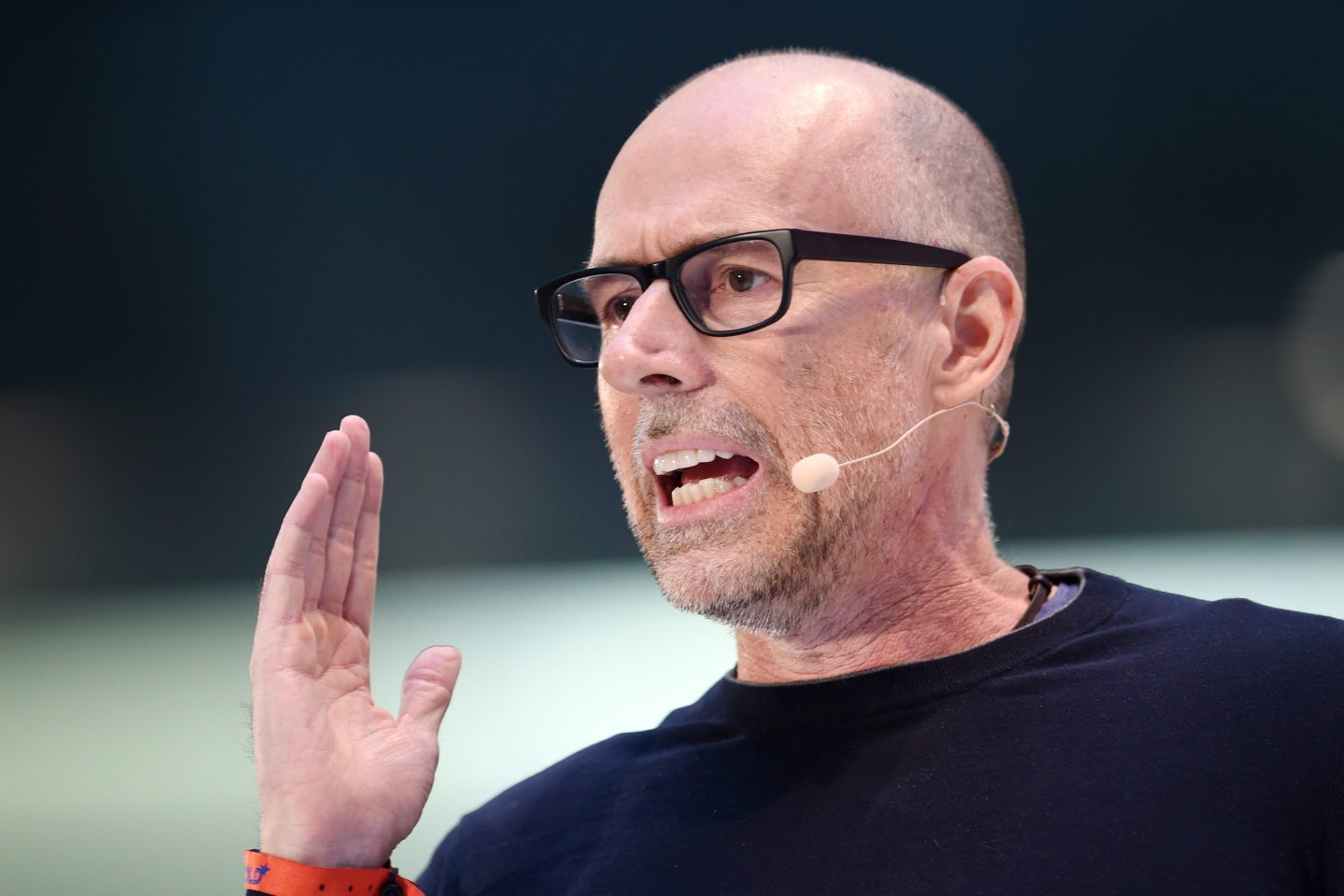- Americans still believe 30 is the goal post for a dream job and a first home, new research reveals—but in reality, that timeline of ‘adulthood’ is changing. Boomer parents like to brag about buying their first homes in cash, but in 2025, milestones like putting a down payment on your first home are starting much later. Even for those fortunate enough to kickstart their careers on the corporate ladder and rack in six figures, the money isn’t stretching as far as it used to.
Americans love to keep an imaginary list of life milestones–buy a home, start a family, hit six figures, all complete with age expiration dates. What they don’t realize is that most of the ages they attach to those goals don’t exist.
A recent survey from Empower found that the average age Americans think you should land your dream job is at 29, buy your first home at 30, and earn six figures by 35. They also reckon you should be debt-free at 41 and ready to retire at 58—but they’re in for a shock, that’s 6 years earlier than the national average age of retirement.
Despite Americans’ optimism, no longer are the days of getting a home on a single income. Gen Z are stuck kicking it with their parents due to skyrocketing living prices, workers are facing a frozen white collar job market with stagnant wages, household debt is at an all-time high amid rising interest rates, and people are draining out their 401(k)s like bank accounts.
In fact, when compared to reality, the numbers tell a different story from the timeline Americans set for themselves. Research shows that the average person changes jobs 12 times in their lifetime between ages 18 and 56, and the average age of a first-time American homebuyer is now 38 years old.
While six figures is a common goal for people with doctoral or professional degrees, only 18% of individuals earn more than $100,000. The average full-time American worker earns about $62,500 a year, according to federal data. Not all debt is bad, but the average age people pay off student loans is 45, meanwhile, mortgages are typically paid off around age 60—two decades later than most people think they’ll be debt-free.
Adulting is becoming more difficult, with living costs to blame
Though the survey from Empower suggests many Americans feel they could establish themselves at younger ages than reality, one thing many agree on is that “adulting” itself is getting harder.
Another survey by Life Happens echoed that 71% of people agree it’s harder to be an adult now than it was 30 years ago. Almost the same number—72%—blames higher living costs as the culprit. Many defined “adulting” as paying their own bills (56%), being financially independent (45%), and said they “felt” like an adult when they moved out of their parents’ home (46%).
While Americans are hoping that they’ll be financially stable by the age of 46, four in 10 respondents don’t believe they’ll ever achieve financial stability.
And for younger Americans, economic turmoil didn’t stop at global pandemic shutdowns and widespread layoffs we saw in 2020, recent graduates are now facing a bleak entry-level job market and are struggling to establish their careers on the corporate ladder. Millions of Gen Zers are now unemployed as employers put a pause on hiring amid economic uncertainty and AI’s increasing capabilities—or as Korn Ferry put it, a “perfect storm” for mass unemployment.
Even six figures doesn’t guarantee you’ll be comfortable in today’s economy
Anxiety of rising inflation, food and housing costs can’t keep up with what Americans are being compensated for. Despite inflation cooling from its 2022 peak, some are still struggling to recover from lost purchasing power. A Zillow report found that homebuyers need to earn 80% more than 2020, while median income has risen 23% in that time.
Now, even those who are fortunate enough to climb the ladder and earn six figures are feeling the pinch. A survey measured how much $100,000 earners needed to feel comfortable, and it found that they’d need a sky-high salary of $500,000 or more.
But salaries like that are rare to come by: Only one in 127 jobs in the U.S. pays $500,000 or more, representing about 0.8% of roles, according to an analysis from ADP.












